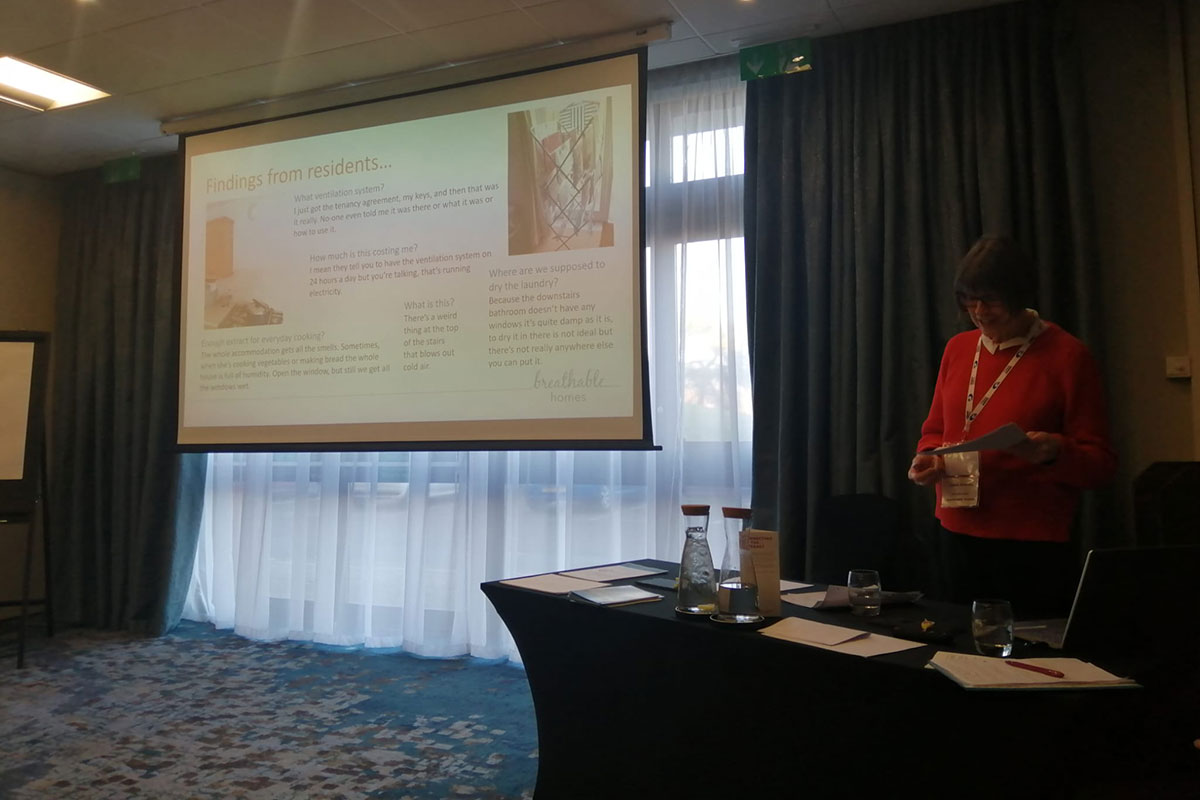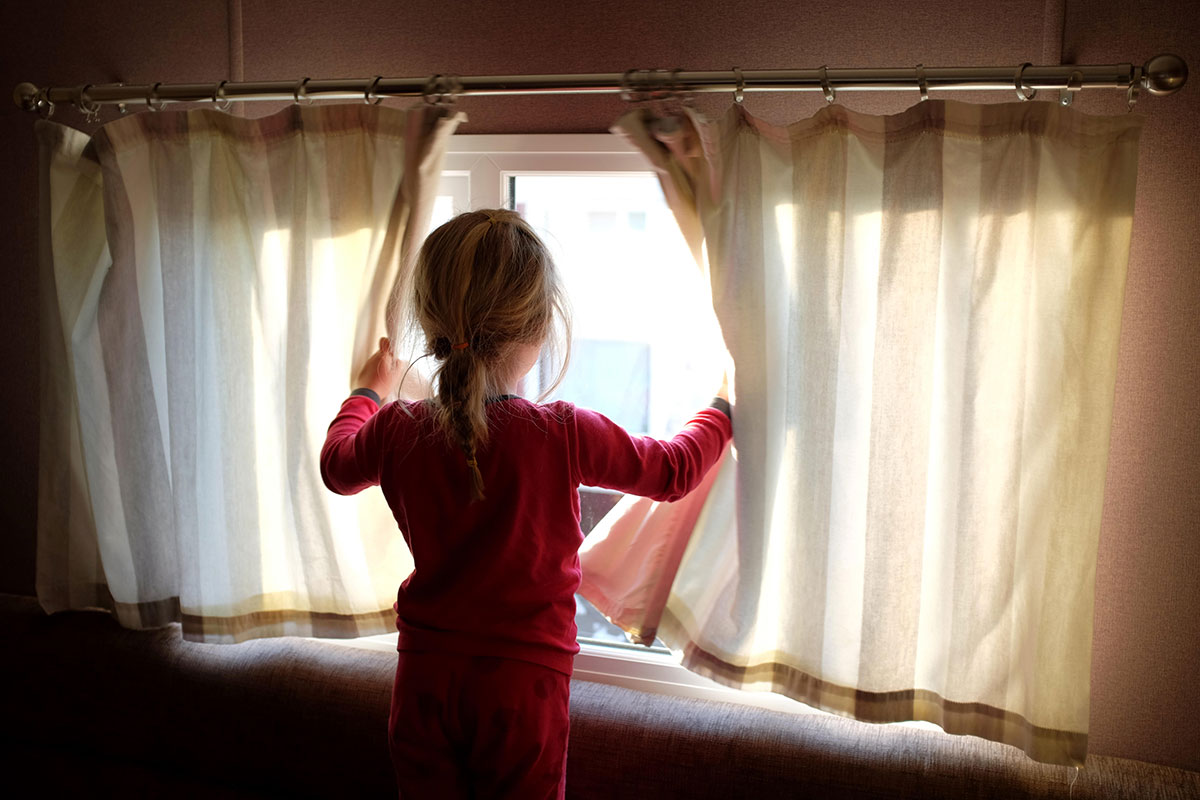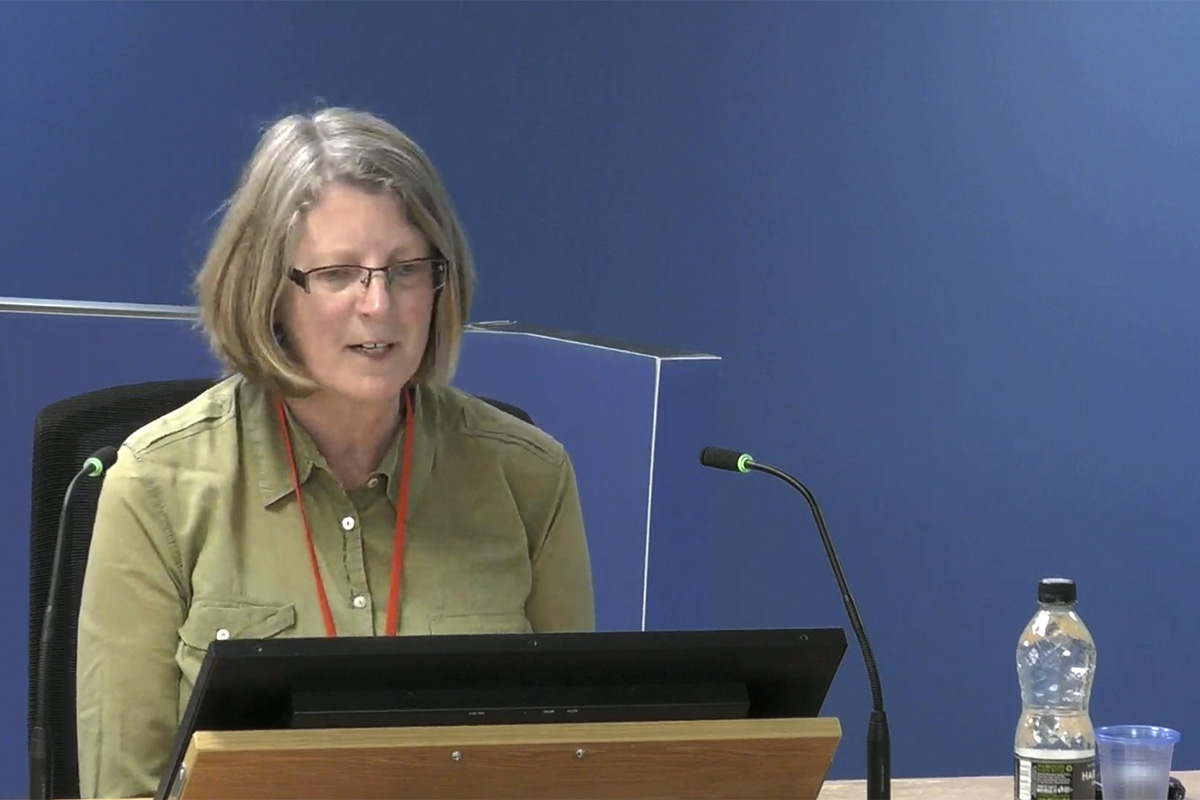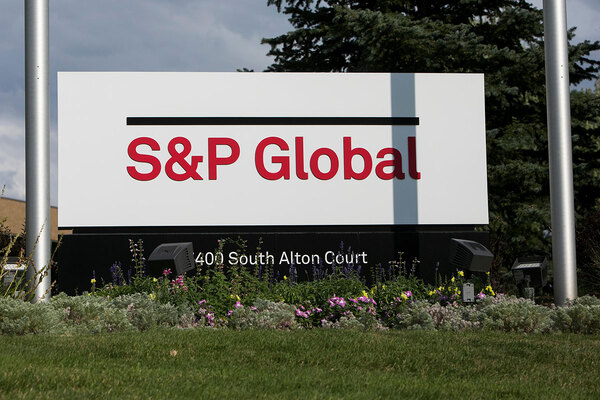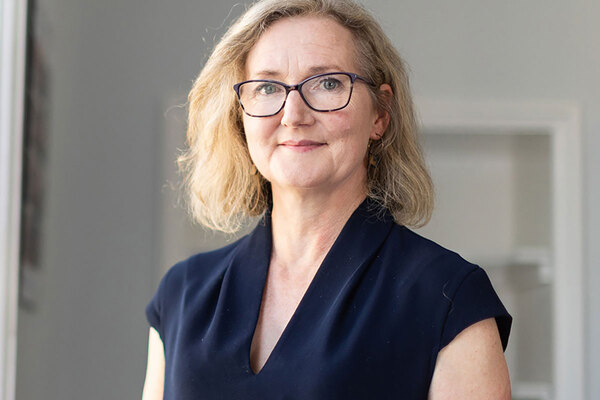You are viewing 1 of your 1 free articles
Social landlords should make indoor air quality a health responsibility, researcher says
Social landlords should make good indoor air quality a health responsibility like gas and fire safety, a ventilation researcher has urged.
In a session on ventilation at the National Housing Maintenance Forum (NHMF) conference in Stratford-upon-Avon, Dr Jenny Brierley, a former housing association chief executive, said she has found that the impact of ventilation on health is typically underestimated by landlords, or “overlooked entirely”.
Dr Brierley, who has been researching ventilations in homes for the past six years at the University of Sheffield, said: “Although health may be cited by every housing association, healthy homes cited as a priority, the impact of ventilation on health is typically underestimated or even ignored.
“If it’s ignored from the top down, if it’s not part of an understanding of healthy homes, then it’s not surprising that it’s not translated into maintenance priorities and maintenance practice.”
Her presentation at the conference comes after a coroner ruled that two-year-old Awaab Ishak died as a direct result of prolonged exposure to mould in a Rochdale Boroughwide Housing (RBH) flat.
The toddler’s family had repeatedly complained about the condition of the property. RBH later admitted it had made assumptions about the family’s lifestyle.
The inquest into Awaab’s death heard that during the month before he died, a technical inspector at RBH confirmed there was no effective ventilation in the bathroom as the fan worked but very poorly. The kitchen had no mechanical ventilation at all.
Dr Brierley told Inside Housing that young children are more at risk from poor air quality because they spend a lot more time in the home.
“A young child is probably in the house a high percentage of the time, just as someone who is chronically ill might be. They are going to be the people who suffer the worst,” she stated.
Presenting her research to the NHMF conference on Tuesday, she said: “The concern about indoor air quality and its effect on energy efficiency was considered really marginal when I started this research six years ago.”
She added the coronavirus pandemic “really pushed” indoor air quality into the public arena.
“However, it’s the two more recent events that have really catapulted the maintenance of effective ventilation right onto your agendas.
“First of all, it was the events in Rochdale and the coroner’s report, which could have happened anywhere.
“And secondly it was the impact of the energy cost crisis on how homes are being heated and ventilated,” she explained.
Dr Brierley also said that the health impact of damp and mould is an air quality issue, while residents are now reducing their heating and their ventilation at the same time because of high energy bills.
“So not only are they cold, but they’re breathing in unhealthy air. So in terms of health inequalities, that really is a double whammy,” she added.
The second was that poor ventilation leads to higher heat loss, which affects goals to reduce carbon emissions.
The research also found a disconnect between the development phase of properties and the long-term maintenance of them, with key information about ventilation systems not being passed on to new tenants, for example.
Following the research, Dr Brierley urged social landlords to imbed good quality air as health responsibly for residents, ensure low and zero-carbon homes achieve lower emissions in practice, and make maintaining ventilation systems a priority.
She also said organisations should build better connections between the development and occupation phases of homes.
Dr Brierley’s research included feedback from tenants and landlords from surveys, though interviews that took place five years ago.
She said at the time that in the maintenance sector, there was a “very widespread, deep-seated view that any problems with ventilation, and the inevitable damp and mould, is due to behaviour or lifestyle of the residents”.
But she added: “I found that ventilation in kitchens was often inadequate to cope with ordinary everyday cooking in every case I saw – and that was five housing association schemes.
“In every case, ventilation was inadequate for drying laundry. And I’m talking about the very predictable quantities of everyday laundry.”
She said this was “despite the fact that there’s been some huge expert advice, since at least 2010, on how to build in proper laundry drying facilities, pretty much ignored by the sector”.
However, Dr Brierley said the maintenance practitioners she spoke to were generally “very forward looking” and positive about their organisations’ zero-carbon goals and indoor air quality.
Sign up for our daily newsletter
Already have an account? Click here to manage your newsletters
